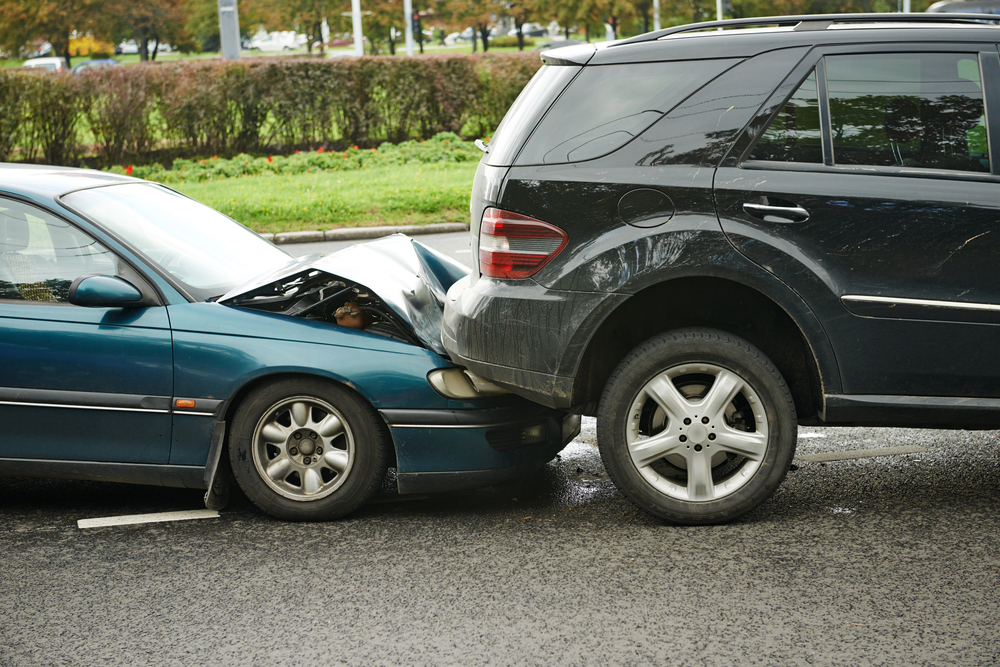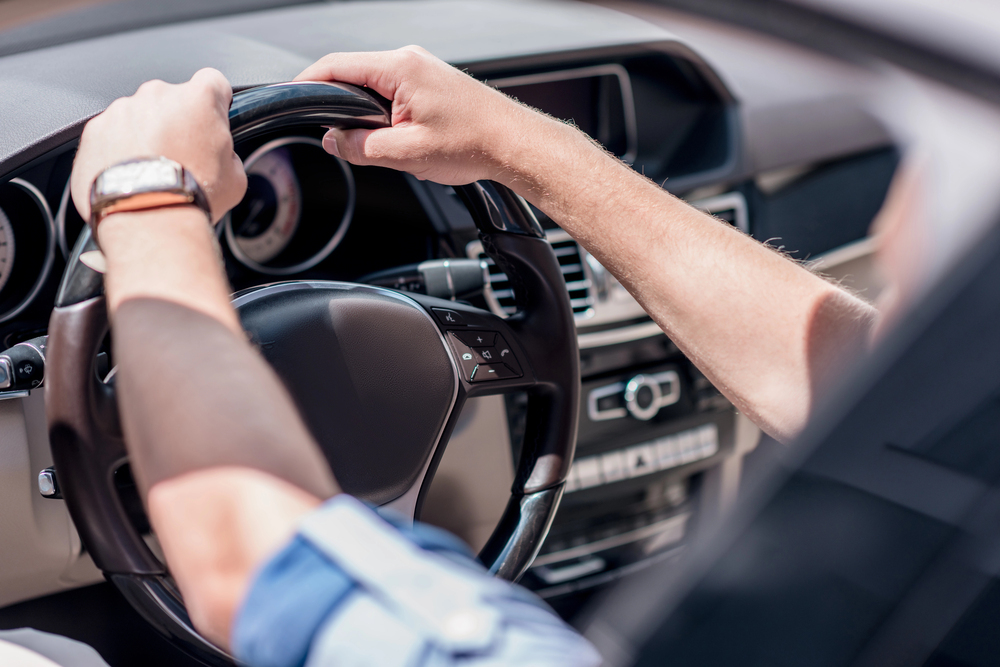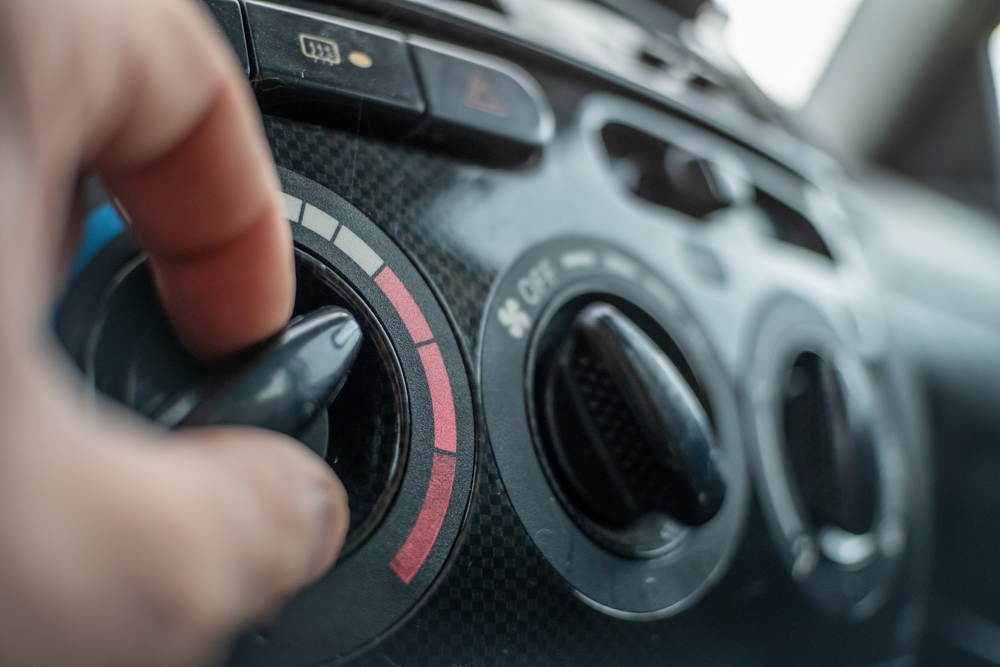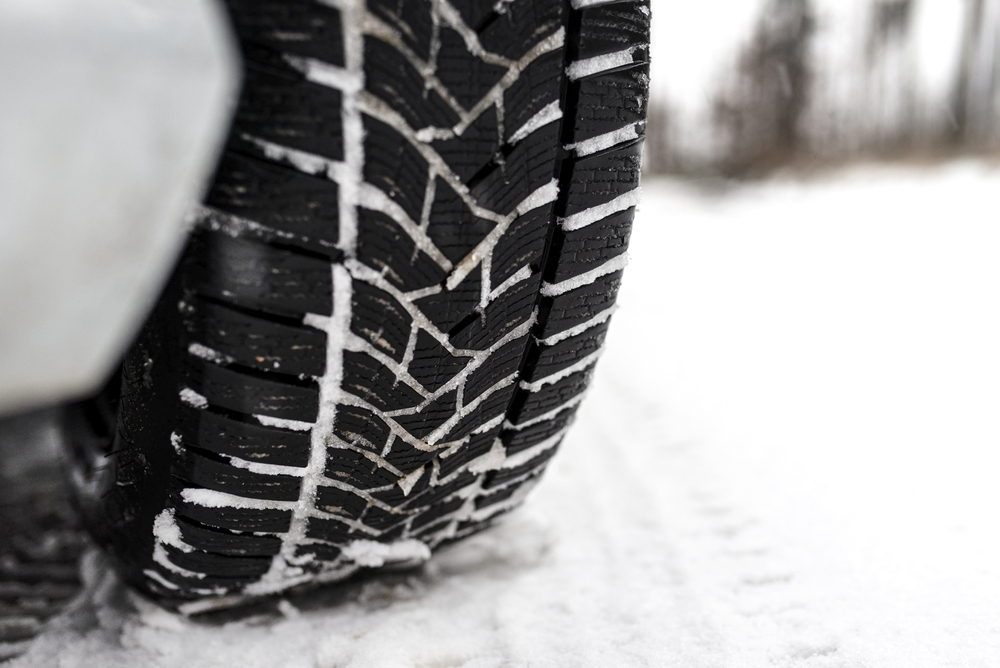When repairing your vehicle after an accident, you’re most likely concerned about getting your car back on the road as soon as possible. Because you need a vehicle to get anywhere in South Jersey, it’s no wonder that some drivers will overlook certain things, like wheel alignment. One of the most critical steps in the collision repair process is wheel alignment, which often goes overlooked. Proper alignment is key to ensuring your car’s safety, performance, and longevity, especially for drivers navigating New Jersey’s varied road conditions.
Key Takeaways
- Post-collision wheel alignment is essential for safety, handling, and tire longevity, particularly for drivers facing New Jersey’s rough road conditions.
- Signs of alignment issues include uneven tire wear, pulling to one side, off-center steering, vibrations, and reduced fuel efficiency, all of which impact vehicle safety and performance.
- Even minor accidents can disrupt alignment by damaging suspension components or shifting wheel angles, and South Jersey’s potholes and road salt can worsen these problems.
- Certified collision repair centers offer advanced diagnostic tools and thorough repairs to ensure proper alignment, extending tire life, improving handling, and maintaining resale value.
Why Does Wheel Alignment Matter?
Wheel alignment refers to the proper positioning of your vehicle’s wheels according to the manufacturer’s specifications. It affects how your car handles, how evenly your tires wear, and how fuel-efficient your vehicle is. Misaligned wheels create problems such as pulling to one side, uneven tire wear, and difficulty steering—all of which compromise safety.
In New Jersey, where drivers encounter potholes, rough winter roads, and traffic congestion, wheel alignment plays a significant role in maintaining optimal vehicle performance. Proper alignment ensures that tires grip the road evenly and steering remains precise, reducing the risk of accidents.
Signs Your Vehicle Needs to Be Realigned After a Collision
It’s not always immediately apparent when your car’s alignment has been affected after an accident, but ignoring the signs can lead to bigger problems down the road. Alignment issues can compromise safety, damage your tires, and make driving less comfortable. Here are some indicators that your vehicle might need realignment:
- Uneven Tire Wear: If one tire wears down faster than the others, it may point to alignment problems. Over time, this uneven wear can reduce traction, making your vehicle less stable on wet or icy roads.
- Pulling to One Side: A misaligned vehicle may veer left or right, even when driving on a straight road. This can make it difficult to stay in your lane, especially on highways, increasing the risk of accidents.
- Off-Center Steering Wheel: If the steering wheel isn’t centered when your car is moving straight, or if it feels “off” while turning, alignment issues are likely. This can also affect how responsive the car feels when steering.
- Vibrations While Driving: Excessive vibrations, particularly at higher speeds, can signal misalignment or damage to suspension components. This not only impacts comfort but can also strain other parts of your vehicle.
- Reduced Fuel Efficiency: Misaligned wheels create resistance, forcing your engine to work harder and consume more fuel. Over time, this inefficiency can significantly increase fuel costs.
How Can a Collision Throw Off Vehicle Alignment?
Even minor collisions can affect your car’s alignment. The force of an impact can shift or damage suspension components, alter the angles of the wheels, or bend the vehicle’s frame. These shifts often go unnoticed because they don’t always cause immediate driving issues.
Unfortunately, New Jersey isn’t known for having the best roads or driving conditions. Certain road conditions lead to premature tire wear and reduced vehicle handling. South Jersey, in particular, has numerous roads covered in potholes. There are also speed bumps and road salt in the winter that can worsen alignment issues.
Reasons to Get Your Car Realigned at a Collision Repair Center in South Jersey
Choosing a reputable collision repair center for wheel alignment after an accident provides critical benefits that go beyond standard repairs. Proper alignment ensures your vehicle operates safely and efficiently, and a professional repair shop offers several key advantages:
- Advanced Diagnostic Tools: Certified collision repair centers employ state-of-the-art equipment, such as computerized alignment systems, to detect even the smallest deviations in wheel alignment. These tools provide precise measurements that help technicians restore alignment to manufacturer specifications.
- Comprehensive Repairs: Professional shops assess both visible and hidden damage, ensuring your vehicle is completely road-ready. Beyond fixing dents and scratches, they focus on restoring proper wheel alignment, which is essential for optimal handling, tire performance, and overall safety.
- Prolonged Tire Life: Misaligned wheels lead to uneven tire wear, reducing tire lifespan and performance. Proper alignment ensures even wear, helping you avoid costly premature tire replacements and improving traction on the road.
- Enhanced Safety: Correctly aligned wheels ensure stable handling, balanced steering, and responsive braking, significantly reducing the risk of accidents. Whether driving on South Jersey’s icy winter roads or navigating summer construction zones, proper alignment keeps you in control.
- Increased Resale Value: A well-maintained vehicle, including properly aligned wheels, retains more value when it’s time to sell or trade in. Potential buyers and dealers look for cars with a clean maintenance history and no lingering post-collision issues.
By choosing a trusted South Jersey collision repair shop, like Elmer’s Auto Body, you gain peace of mind knowing your alignment is corrected with precision. Ensuring proper alignment is a crucial step in protecting your investment, enhancing safety, and keeping your car in top condition.
Contact an Auto Body Repair Shop in New Jersey
Don’t overlook the importance of post-collision alignment. Even if your vehicle seems to be driving fine, hidden alignment issues can compromise safety, reduce performance, and increase repair costs over time. At Elmer’s Auto Body, we provide expert collision repair services for drivers throughout South Jersey. From minor dents to detailed alignment checks, we’re committed to restoring your vehicle to its best condition.
Contact us today at one of our three South Jersey locations to schedule your alignment check and repair services. Let us help you get back on the road with confidence!





